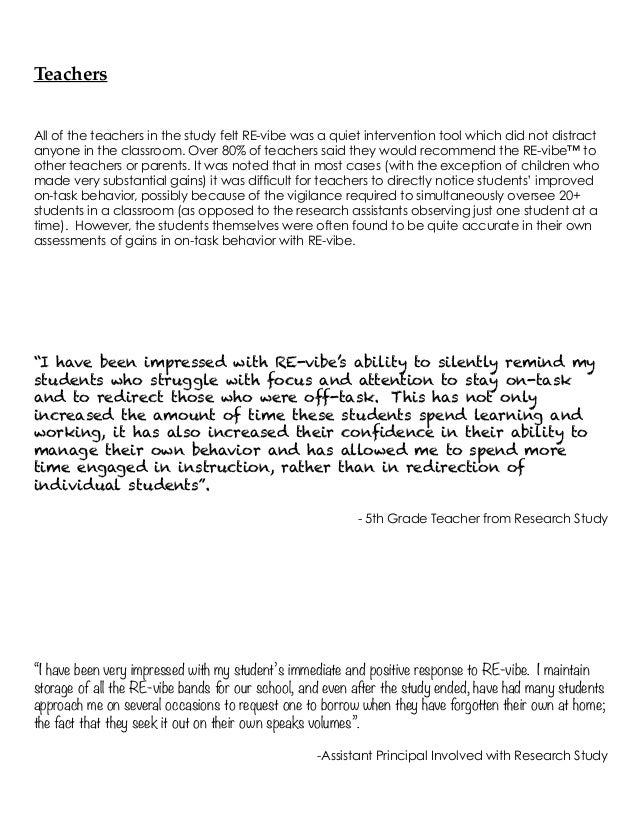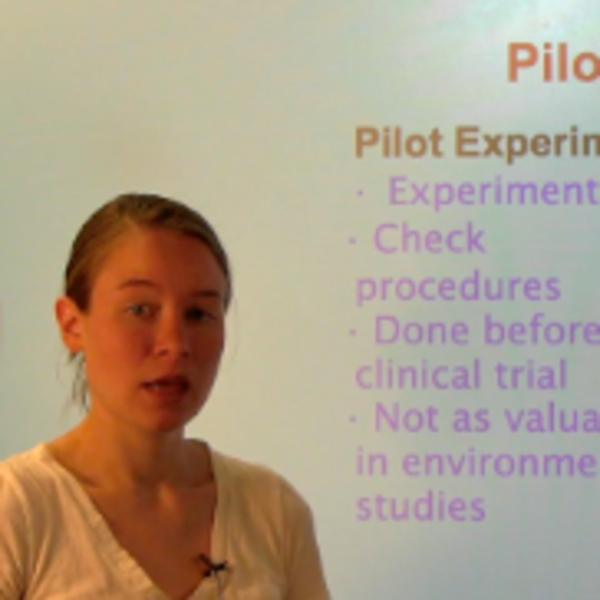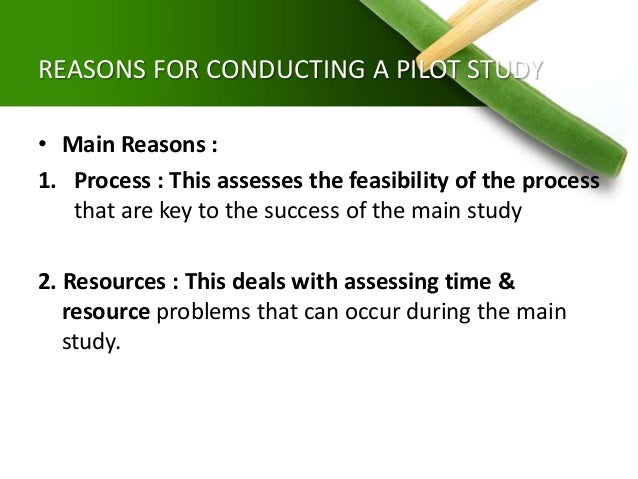

The girls reported discomfort consistent with mild motion sickness the boy said he was bored and the headset was uncomfortable.
A PILOT STUDY EYESPY TRIAL
Three children (6% of participants) discontinued the trial during the first 10 minutes of the first session of VR play, 2 girls (aged 5 and 6 years) and 1 boy (aged 7 years). V-VOR gain remained unaltered in the 5 children tested. None of the children who finished both trial sessions (94%) asked to end the play, and the majority were disappointed when play was halted. Peds SSQ scores increased a mean 4.7%-comparing pretrial to post-trial-for each of 4 symptom categories: eye discomfort ( P =. As the commercial aviation industry navigates an uneven global recovery from the recent market downturn caused by COVID-19effective training and an adequate supply of personnel remain critical to maintaining the health, safety and prosperity of the aviation ecosystem. Postural stability degraded an average 9% from baseline after 60 minutes of VR exposure ( P =.

Safety was gauged as a decline or change from baseline in any visuomotor measure.įorty-six of 50 children (94%) completed both VR play sessions with no significant change from baseline in measures of binocular CDVA ( P =.

Visual-vestibulo-ocular reflex (V-VOR) adaptation was also tested pre- vs post-trial in 5 of the children. Visually induced motion sickness was probed using the Simulator Sickness Questionnaire modified for pediatric use (Peds SSQ). Baseline testing preceded VR exposure, and each VR session was followed by post-VR testing of binocular CDVA, refractive error, binocular eye alignment (strabismus), stereoacuity, and postural stability (imbalance). A Sony PlayStation VR headset was worn for 2 sequential play sessions (of 30 minutes each) of a first-person 3D flying game (Eagle Flight) requiring head movement to control flight direction (pitch, yaw, and roll axes). Minimum binocular corrected distance visual acuity (CDVA) was 20/50 (logarithm of the minimum angle of resolution 0.4) and stereoacuity 800 seconds of an arc or better. Recordings were obtained in 50 children (29 boys) aged 4-10 years (mean 7.2 ± 1.8 years).


 0 kommentar(er)
0 kommentar(er)
